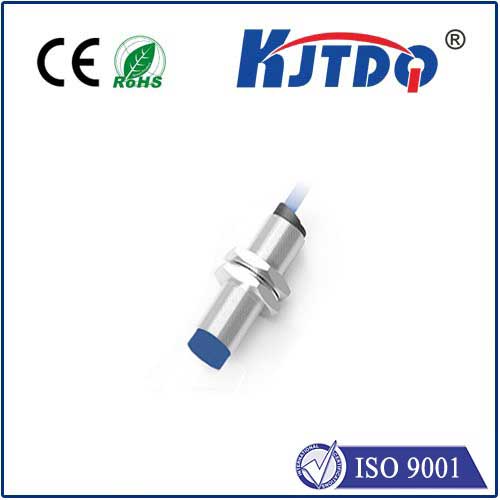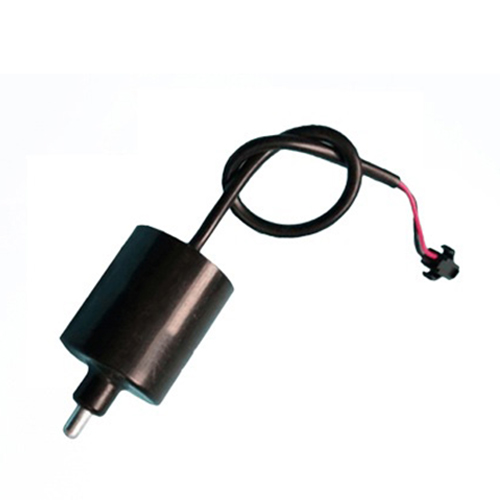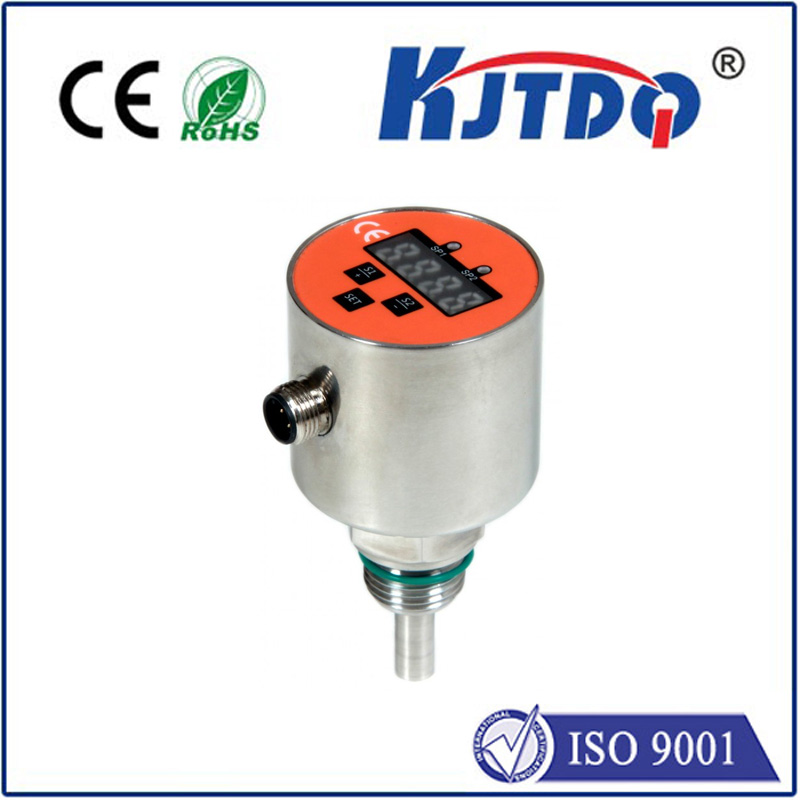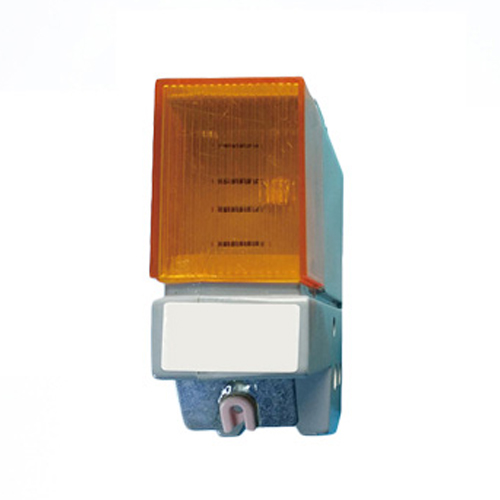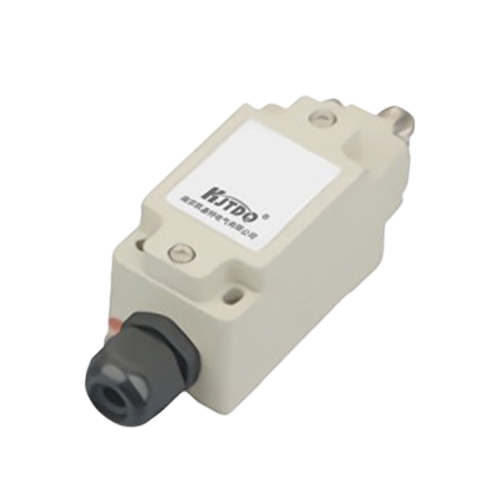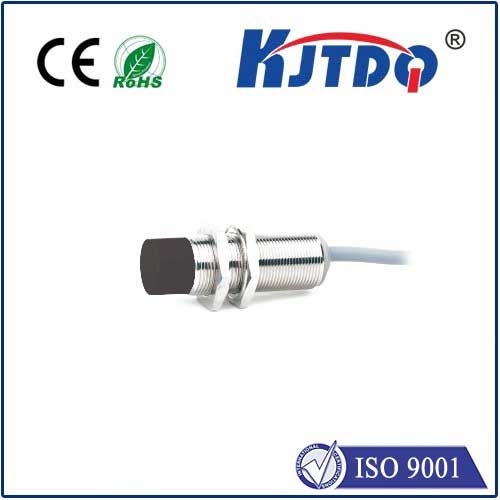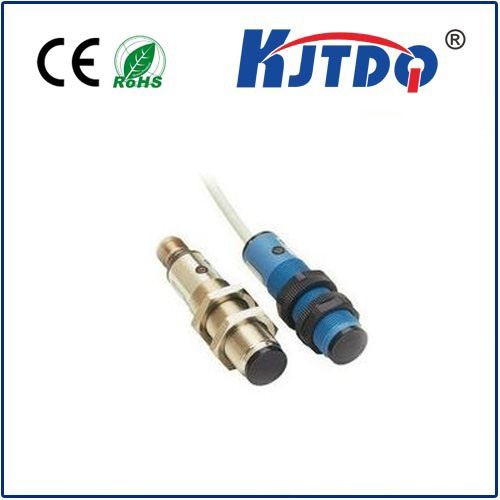E3FA-TN21 24v photoelectric sensor
- time:2025-09-28 04:12:31
- Click:0
The Essential Guide to the E3FA-TN21: Your Reliable 24V Photoelectric Sensor for Industrial Detection
In the intricate dance of modern manufacturing, assembly lines, and automated systems, seeing isn’t just believing – it’s essential for precision, safety, and efficiency. Photoelectric sensors act as the unblinking eyes of automation, providing critical feedback on object presence, position, and dimensions. Among the diverse range of sensors available, the E3FA-TN21 24V photoelectric sensor stands out as a robust and dependable solution for countless detection challenges. This guide delves into what makes this specific sensor a go-to choice for engineers and technicians seeking reliable performance in demanding industrial environments.
Understanding Photoelectric Sensing: The Foundation
Before focusing on the specific model, it’s crucial to grasp the fundamental principle. Photoelectric sensors utilize light beams to detect objects. The core components include an emitter (light source) and a receiver. The interaction (or interruption) of the light beam between these two points signals an object’s presence or absence. They excel in non-contact detection over varying distances and work effectively on diverse materials, offering advantages over mechanical switches in speed, longevity, and lack of physical wear.
Introducing the E3FA-TN21: Key Features and Specifications

The E3FA-TN21 designation points to a specific variant within Omron’s extensive E3FA-series photoelectric sensor family. Breaking down the model number:
- E3F: Series identifier.
- A: Often indicates features like background suppression or housing design.
- TN: Specifies the sensing type and output configuration. Crucially, “TN” typically denotes a Diffuse-reflective type sensor with an NPN output transistor configuration.
- 21: Further differentiates the model, potentially relating to beam type, sensing distance, or specific options.
Operating Voltage: As highlighted in the key phrase “24V,” this sensor is designed for DC power supply systems, specifically 10-30V DC. This voltage range is incredibly common in industrial control panels and machinery, making the E3FA-TN21 highly versatile and easy to integrate.
Core Strengths of the E3FA-TN21:
- Diffuse-reflective Operation: This is a major selling point. Unlike through-beam sensors requiring separate emitter and receiver units, or retro-reflective sensors needing a reflector, the diffuse-reflective design houses both emitter and receiver in a single, compact housing. The sensor detects objects by sensing the light diffusely reflected back from the target itself. This simplifies installation significantly – there’s only one device to mount and wire – reducing costs and complexity.
- NPN Output: The E3FA-TN21 features an NPN open-collector output transistor. In simple terms, when the sensor detects an object, the output transistor turns ON, effectively connecting the output wire to the sensor’s negative (0V) line. This sinking configuration is widely compatible with many Programmable Logic Controllers (PLCs) and industrial controllers prevalent globally.
- Background Suppression (BGS) Technology: While inherent in the “A” designation of many E3FA models, diffuse-reflective sensors benefit greatly from Background Suppression. This advanced technology allows the E3FA-TN21 to discriminate between the target object and its background based on the reflected light’s position or angle, not just its intensity. This is vital for reliably detecting dark objects against dark backgrounds or shiny objects on shiny surfaces, where traditional diffuse sensors might struggle with false triggers caused by background reflections. It provides stable detection regardless of target color or reflectivity changes.
- Compact Form Factor: Modern industrial machines often have limited space. The E3FA-TN21, like many in its series, boasts a small, cylindrical housing (typically M18 threaded barrel), making it easy to install in tight locations and integrate into existing machinery without major modifications.
- Robust Industrial Design: Built to endure harsh factory floors, these sensors generally feature:
- High IP Ratings: Such as IP67, meaning excellent protection against dust ingress and protection against the effects of temporary immersion in water.
- Resistance to Vibration and Shock: Withstanding the rigors of constant operation on moving equipment.
- Stable Performance: Engineered for reliable operation across typical industrial temperature ranges.
- Adequate Sensing Range: While specific range varies slightly depending on the exact part number suffix and target properties, diffuse-reflective sensors like the E3FA-TN21 typically offer practical detection ranges up to 1 meter or more, making them suitable for a vast array of proximity and presence detection tasks.
Where Does the E3FA-TN21 Shine? (Common Applications)
Thanks to its robust design, background suppression capability, and ease of installation, the E3FA-TN21 24V photoelectric sensor finds application in numerous industrial sectors:
- Conveyor Systems: Detecting packages, boxes, or components on production lines to trigger sorting gates, counters, or quality checks.
- Material Handling: Verifying the presence of pallets, totes, or products before robotic pick-and-place operations or transfer points.
- Packaging Machinery: Confirming the presence of containers, bottles, or lids entering and exiting filling stations, labelers, or capping machines.
- Assembly Automation: Ensuring components are correctly positioned for robotic assembly or verifying that parts have been placed on fixtures.
- Automotive Manufacturing: Monitoring parts on moving lines, checking door panel installations, or detecting vehicle bodies in process stages.
- Bottle/Cap Detection: Reliably detecting dark bottles against dark conveyors or transparent caps using background suppression.
- Level Detection: Monitoring the presence or absence of materials in bins or chutes (within its sensing range capabilities).
- Machine Safety: Acting as part of a safety system to detect entry into hazardous zones (though typically requires specific safety-rated sensors for SIL/PL applications).
Key Considerations for Implementation
While the E3FA-TN21 is a versatile workhorse, successful deployment relies on proper selection and setup:
- Confirm Exact Model & Specifications: Always refer to the official datasheet for the specific E3FA-TN21 variant you possess. Details like sensing distance, response time, beam pattern (spot or small beam), and connection method (cable or connector) can vary slightly between suffixes (-1, -2, -5 etc.).
- Understand Background Suppression Tuning: BGS sensors often feature a teaching function, allowing you to set the detection threshold by pointing the sensor at the desired background during setup. This step is critical for ensuring the sensor ignores the background and only triggers on the target object at the intended distance.
- Wiring: Ensure correct connection of the 24V DC power supply (Brown wire to +24V, Blue wire to 0V) and connect the Black output wire to the input point of your controller (which typically provides the positive load voltage via an internal or external resistor, as the NPN output sinks the current). Double-check polarity to prevent damage.
- Mounting Position and Angles: Position the sensor so that its beam reliably strikes the target object. Avoid highly reflective surfaces in the background that could cause interference, although BGS helps mitigate this. Consider the sensor’s operating range relative to the target distance.
- Target Characteristics: While BGS improves performance on diverse targets, highly absorbent materials (black velvet) or very small objects might require specific sensor models or alternative detection methods.
Conclusion: A Cornerstone of Industrial Sensing
The E3FA-TN21 24V photoelectric sensor exemplifies the blend of **simplicity, reliability, and












